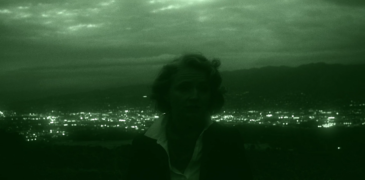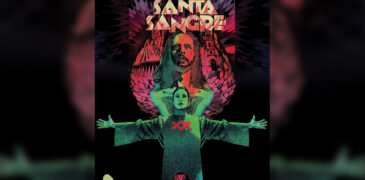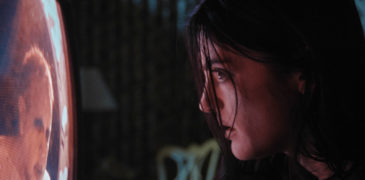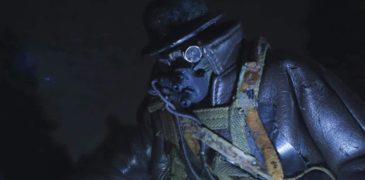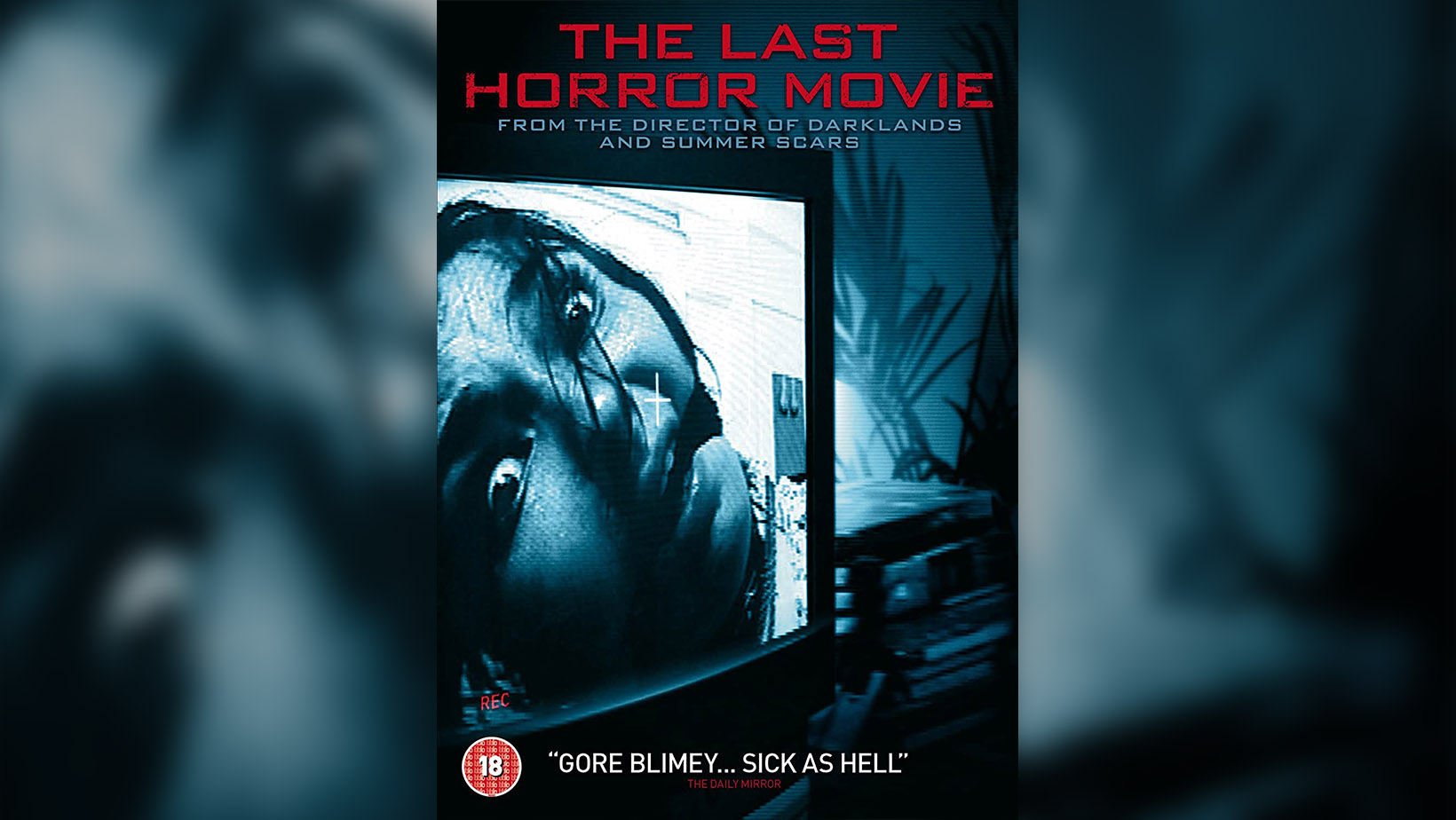
The Last Horror Movie is a 2003 British found footage horror mockumentary, written by James Handel and directed by Julian Richards. Beginning his career with the award-winning shorts Pirates (1987), Queen Sacrifice (1988), and Bad Company (1992); Julian later moved on to feature-length productions such as Darklands (1996) and Daddies Girl (2018) to name a few. In comparison, James has worked on a handful of shorts since The Last Horror Movie and feature-length horror The Hoarder (2015).
Max Parry, a mild-mannered amateur filmmaker/serial killer with a taste for human flesh, has created a fly-on-the-wall documentary on life, death, and murder. By recording his film onto a corny slasher rental VHS from his local video store, Max follows these unwilling victims who rent this tampered video home for their opinions on his magnum opus—before adding their brutal murders to his snuff showreel.
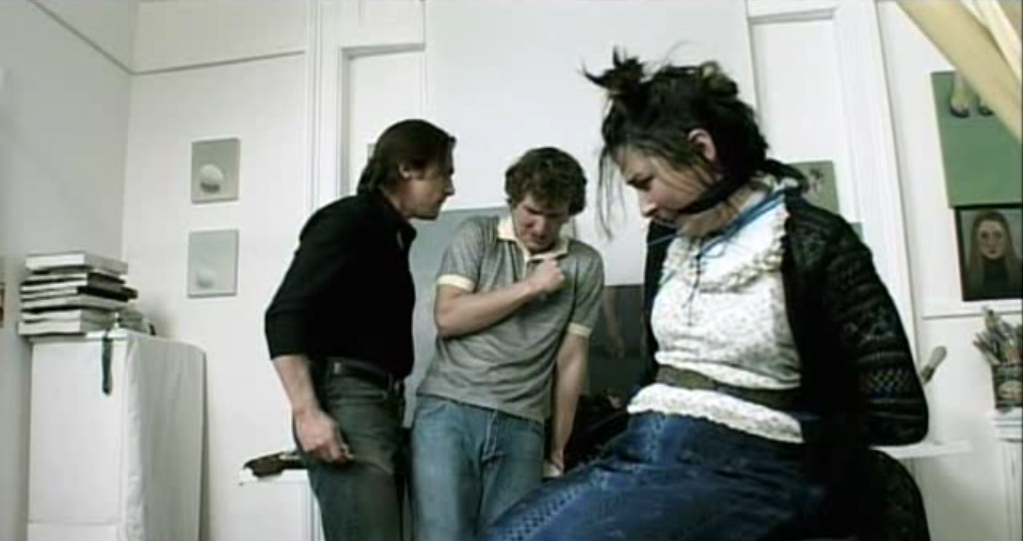
A character study in murder, The Last Horror Movie (actually the title of the fictitious slasher this film is ‘recorded’ over) is exceedingly reminiscent of Belgium crime drama Man Bites Dog (1992) in its found footage visuals and philosophical content. Both are mockumentaries following a serial killer as they live their life as well as engage in their favourite hobby of homicide, The Last Horror Movie purposely lacks the same comedic elements displayed in its Belgian counterpart. Additionally, where Man Bites Dog strongly focuses on desensitization and complicity, The Last Horror Movie casts its view down a different path investigating the inner contentment of the human mind to produce two similar yet uniquely different pieces of cinema.
Furthermore, our psychotic protagonist Max, played by Kevin Howarth, is portrayed as a visual blend of American Psycho’s Patrick Bateman and British rom-com actor Hugh Grant—elegantly delivering their charismatic charm and psychotic thought process that alludes to an incredibly human depiction of evil. Scenes of Max enjoying life with family are interspliced with him snuffing out the lives of his victims replicating the duality found in numerous real-life serial killers that are often able to keep the two aspects of their completely separate. As such, this exceedingly well-written character would comfortably blend in with the viewers’ everyday lives, reinforcing the film’s meta-horror overtones and realistic approach.
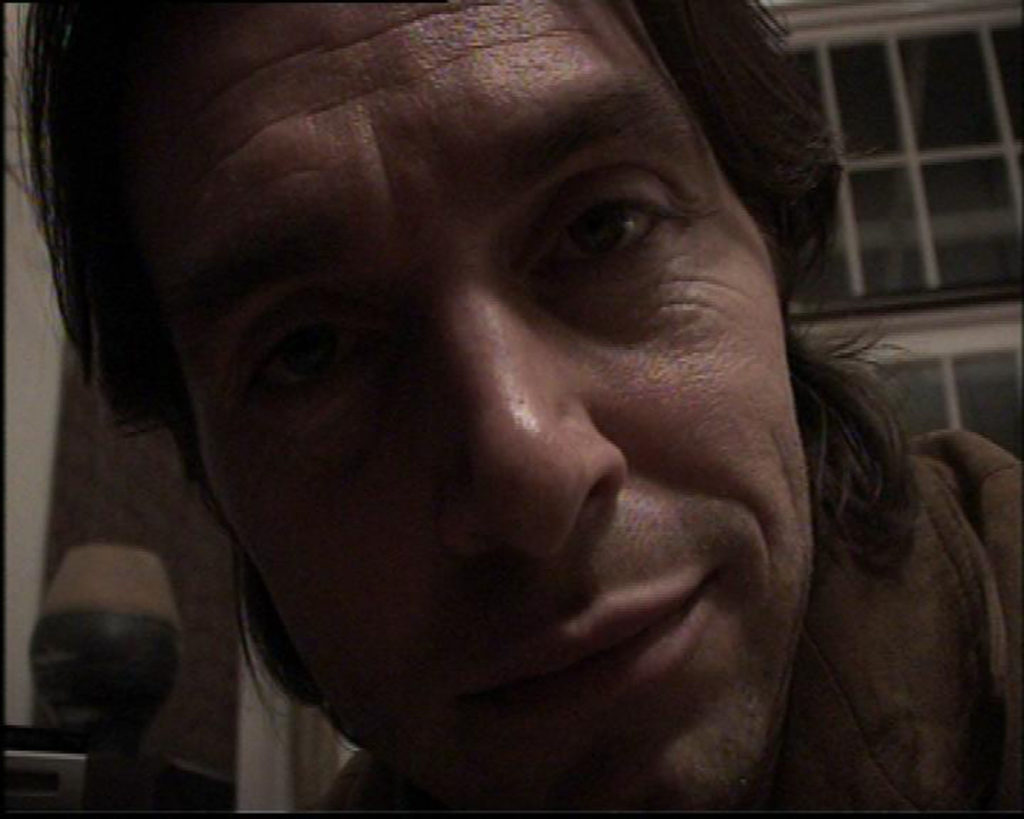
In addition, the film’s implementation of practical special effects borders on ingenious in their design. Although limited in their execution, their effective utilization is the veritable icing on the realism cake. Missing the abundance of gore prolific in extreme cinema, the production employs a less-is-more strategy with its visualization of death that undoubtedly works in the film’s intention of pragmatism over shock and awe. However, that isn’t to say the film doesn’t contain its fair share of visceral action, with scenes of a helpless victim tied to a chair being set ablaze as a particular standout from the abundance of grisly deaths.
Although roaming a well-traveled path, The Last Horror Movie is an auspicious entry to the growing genre of serial killer mockumentaries. With an incredibly absorbing performance from Kevin Howarth, the film is a believably ruthless representation of violence, as well as its self-reflective ideology; The Last Horror Movie is an incredibly enjoyable albeit ephemeral piece of found footage cinema best enjoyed on the small screen.
The Last Horror Movie is available to watch on Amazon Prime here.

More Film Reviews
Dubbed the most evil house in America by demonologists Ed and Lorraine Warren, 112 Ocean Avenue, Amityville, Long Island, New York has definitely piqued the curiosity of many horror fans… On occasion, fervent film fans will find a title that confers an unforgettable experience; one that may require an existing predilection. For me, Tokyo Gore Police is one of those… When the seventh chapter, titled Disinformation rolled in, the narrator and confessor, Dr. Laura Gale started to talk about things “that are not.” She began debunking famous alien encounter stories that had… I first saw Alejandro Jodorowsky’s surreal, bildungsroman film, Santa Sangre, in 1989 on VHS tape. Watching it was like watching a slasher about a killer with a twisted Oedipal Complex… Night at the Eagle Inn was my first experience with the Bloomquist brothers, but it won’t be my last. If you are looking for a deep psychological thriller, wait… There aren’t many people who can say they have taken thirty years to complete a project. At the current rate, George R.R. Martin might be able to when he finally…Shock Docs: Amityville Horror House – Paranormal Documentary Review
Anatomia Extinction (1995) Film Review: An Absolute Must-have for Fans of Nishimura and Body Horror
The Gulf of Silence (2020) Film Review – No Contact! (Unnamed Footage Festival 666)
Santa Sangre (1989) Film Review – The Circus of Dreams and Nightmares
Night at the Eagle Inn (2021) Film Review – Paranormal Hauntings
Mad God (2021) Film Review – A Flawed Technical Wonder

Hey there, I’m Jim and I’m located in London, UK. I am a Writer and Managing Director here at Grimoire of Horror. A lifelong love of horror and writing has led me down this rabbit hole, allowing me to meet many amazing people and experience some truly original artwork. I specialise in world cinema, manga/graphic novels, and video games but will sometime traverse into the unknown in search of adventure.



